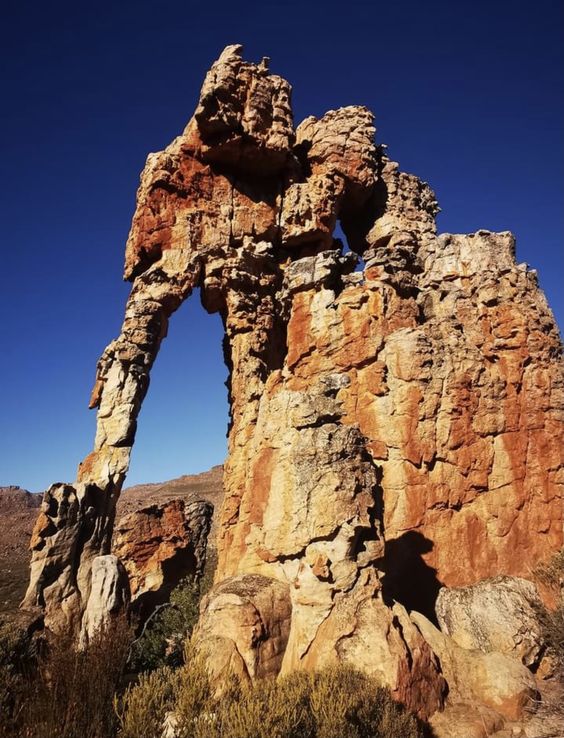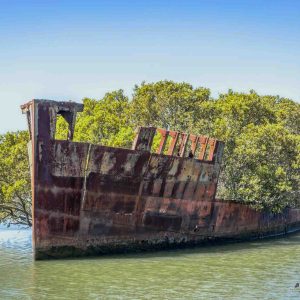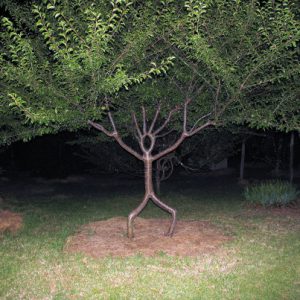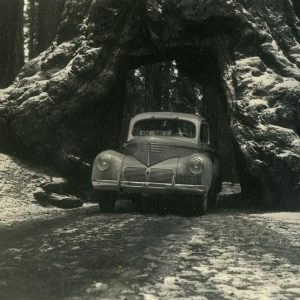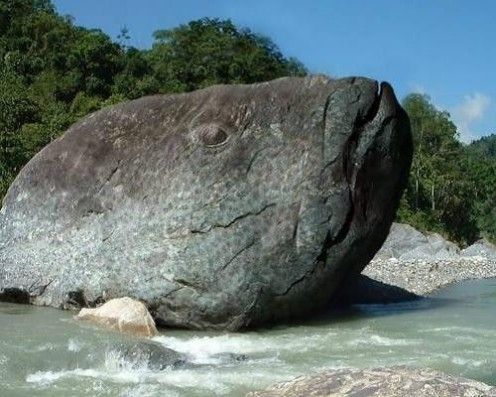
1. Geological Origins:
The formation of coastal rock shapes begins deep within the Earth’s crust. Most of these rocks are formed through geological processes like volcanic activity, sedimentary deposition, and tectonic forces. Volcanic rocks, for instance, originate from the cooling and solidification of molten lava, while sedimentary rocks form from the accumulation of sediments, such as sand, silt, and clay, over time. The composition and characteristics of these rocks lay the foundation for their eventual transformation into unique coastal features.
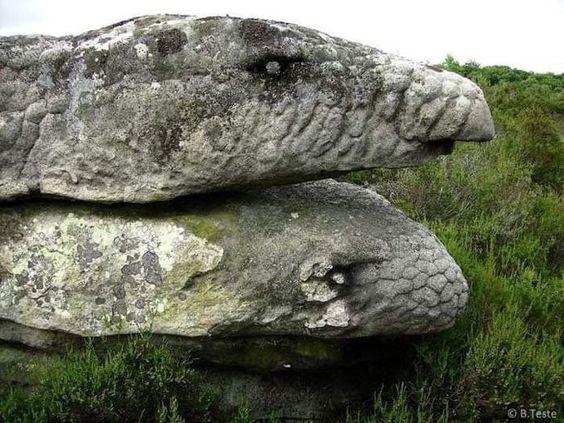
2. Erosion and Weathering:
Once these rocks are exposed to the elements, the relentless forces of erosion and weathering come into play. Wind, rain, and the constant pounding of ocean waves gradually wear down the surface of the rocks. Over time, this continuous abrasion smoothens the edges and creates distinctive shapes. The type of rock and its resistance to erosion determine the rate at which these formations take shape. Softer rocks erode more quickly, leading to the creation of caves, arches, and sea stacks, while harder rocks may resist erosion and maintain their rugged appearance.
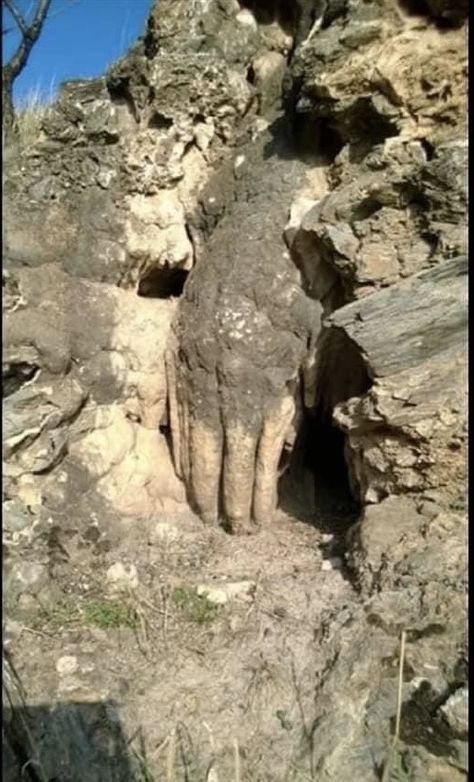
3. Coastal Processes:
Coastal environments are dynamic and constantly changing. The interaction between rocks and the sea is a vital aspect of rock formation. As waves crash against the shore, they carry abrasive materials like sand and pebbles. These abrasive agents act like natural sandpaper, further shaping the rocks into intriguing forms. In areas with strong tides, the rocks may be exposed and submerged regularly, causing them to erode differently at high and low tide levels, resulting in unique shapes.
4. Geological Faults and Folds:
In regions with tectonic activity, geological forces can lead to the folding and faulting of rock layers. These structural deformities can create stunning cliffs, crevices, and intricate layers of rock formations along the coastline. Over time, these features become accentuated as erosion continues to sculpt the rocks.
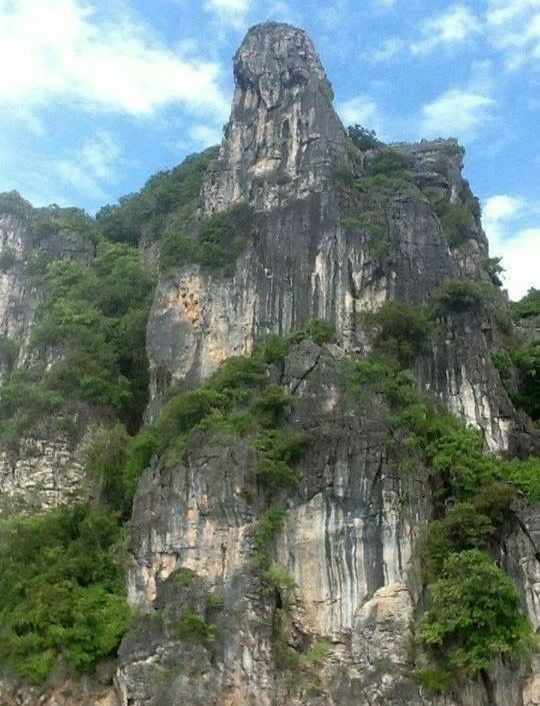
5. Influence of Local Flora and Fauna:
The presence of plants and marine life can also contribute to the formation of coastal rock shapes. Roots from vegetation can penetrate cracks in the rocks, causing them to widen over time. In addition, the activities of marine organisms, such as mollusks and barnacles, can further modify the surface of these rocks, adding to their unique character.
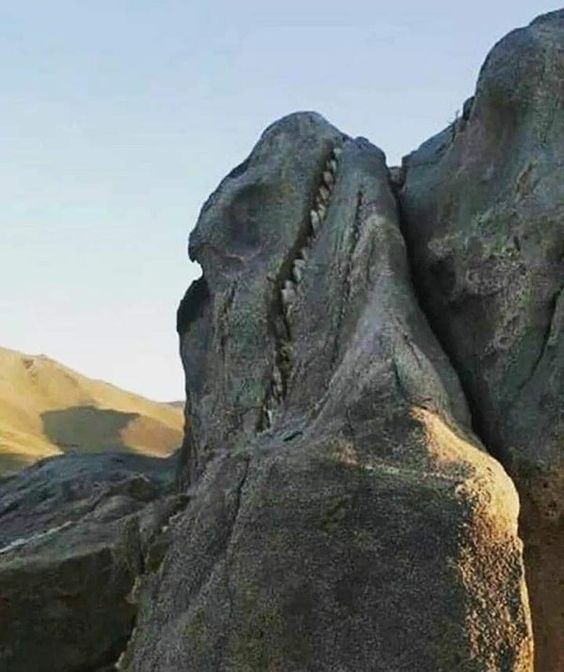
The formation of coastal rock shapes is a complex and awe-inspiring process that spans millions of years. It’s a testament to the Earth’s ever-changing natural forces. These captivating coastal features not only serve as scenic attractions but also provide insight into the geological history of our planet. As we admire their beauty, let us also appreciate the intricate story of their formation.

